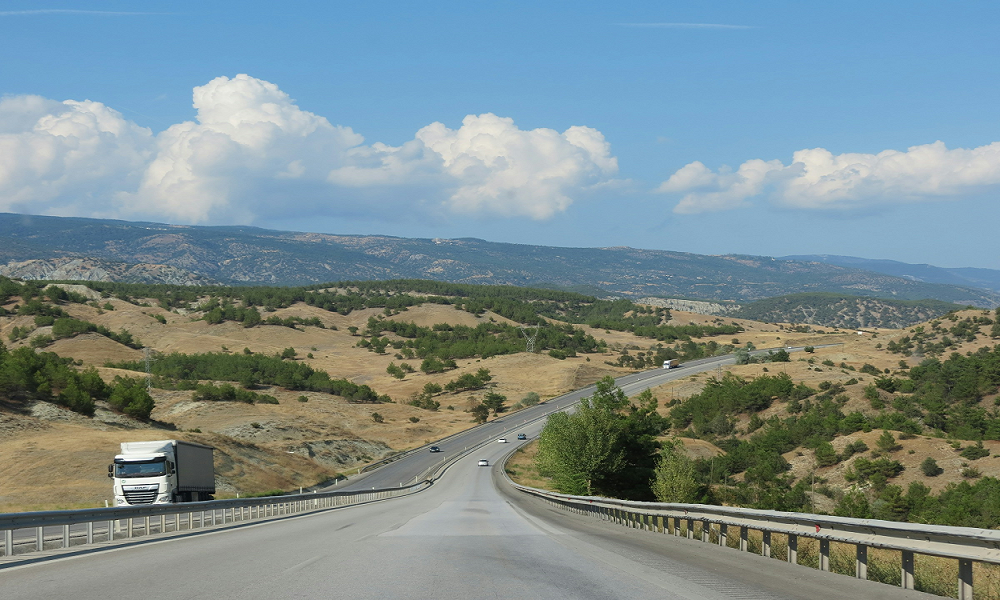There are many factors that contribute to our safety and the safety of others on the road. Being aware of your surroundings and understanding how to share the roads safely with others improves your chance of avoiding potentially dangerous situations.
Work Zones
Highway work zone sites can be a challenge to drivers. Navigate with courtesy and caution. There are many things to consider when driving in work zones:
- Workers and construction activities may encroach into driving lanes.
- Most states have move over laws for emergency and hazard vehicles – you must move over or slow down and give them space. Hazards may be present even when no construction activity is underway; look for large edge drop-offs, rough pavement, sharp turns, and misleading old pavement markings.
- Construction vehicles will enter and leave construction zones at low speeds and unexpected places.
The Blindspot of Larger Vehicles
- Blind spots are areas all around a truck where collisions with other vehicles are more likely to occur because the truck cannot see your vehicle.
- When following a tractor-trailer, develop the habit of following at a distance that allows you to see both outside mirrors – if you cannot see both outside mirrors, the driver cannot see you either.
- When passing a larger vehicle, do not cut back in without first being able to see the front tires of the truck on the pavement in your inside rearview mirror.
- Larger vehicles need more room to make turns – if the vehicle is signaling a right turn, stay behind it, away from the curbside, until the turn is completed.
The larger the vehicle and the higher the speed, the longer it takes for it to stop.
Please remember, you are always in control of your vehicle and how safely you operate. No one can control what other drivers do, but you can operate safely and aware.










